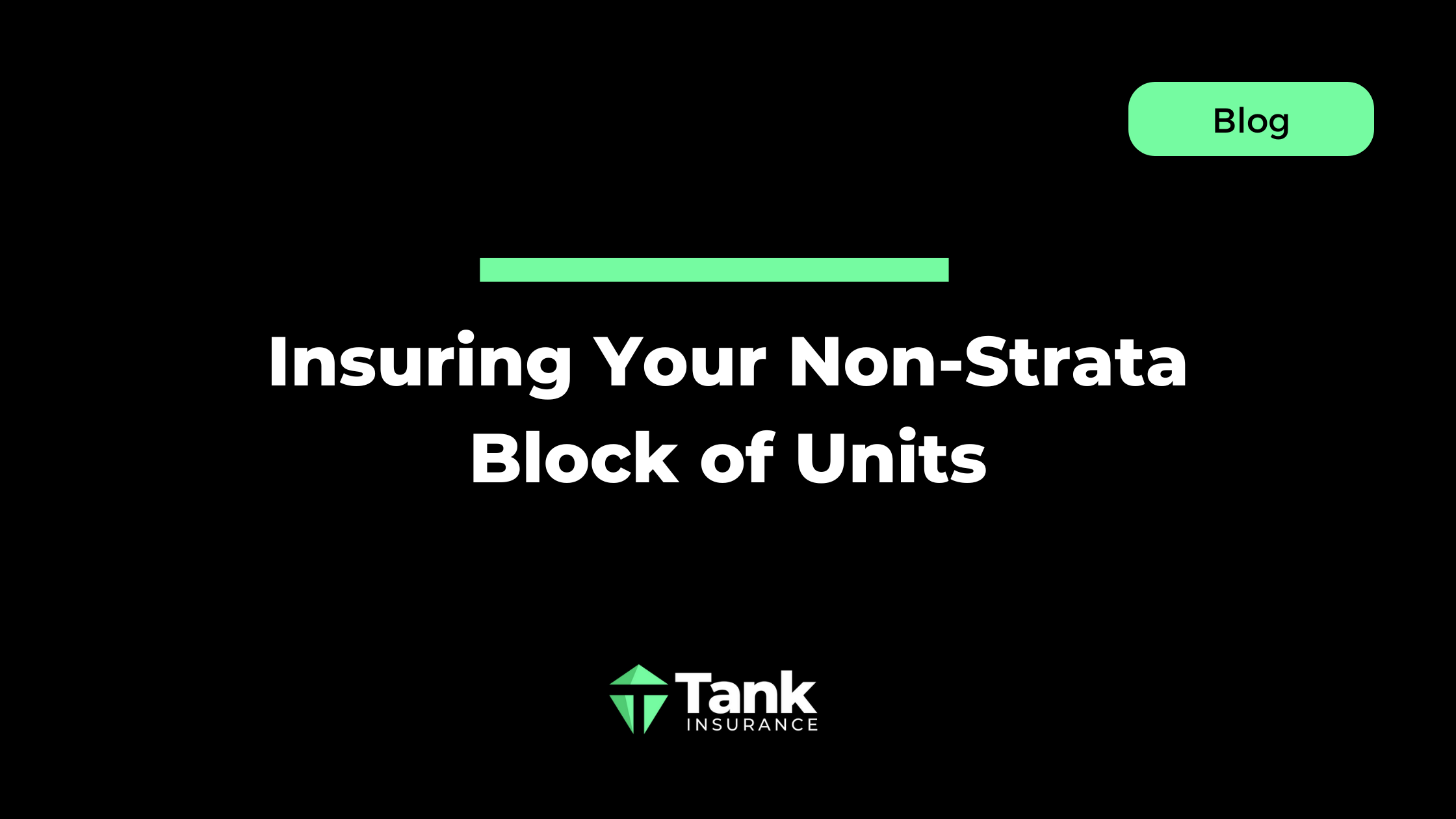
Professional Indemnity (PI) Insurance for engineers can feel difficult and overwhelming.
Whether you're a solo consultant sketching designs from a home office or part of a bustling firm tackling the next big infrastructure project, you’ve likely got questions about this coverage.
We’ve rounded up the top five frequently asked questions (FAQs) from engineers to help clear the fog.
1. I’m a small engineering consultant. Do I really need professional indemnity insurance?
Yes, you absolutely do.
The idea that only big firms face claims is a common misconception.
Even a “low-risk” job, like a minor drainage design, can spark a dispute if a client alleges an error, such as miscalculating pipe gradients, leading to costly rework. Claims can hit anyone, regardless of project size.
Plus, many clients, especially on government or commercial projects, won’t let you touch a contract without PI Insurance.
Key Takeaway: Size doesn’t matter when it comes to liability. Get covered to protect your livelihood and keep your business eligible for contracts.
2. Won’t my client’s insurance or project insurance cover me?
Not quite. This is a big mix-up we see often.
Public Liability Insurance, which many clients or contractors carry, covers the physical aspect (e.g., if a crane damages a neighbouring property or someone trips over your equipment on-site).
It’s great for bodily injury or property damage but doesn’t touch claims tied to your professional advice or services.
PI Insurance, on the other hand, steps in when a client claims financial loss due to your work, say a design flaw that delays a project or bumps up costs.
For instance, if your structural calculations for a bridge lead to thousands in overrun (even if the error was minor), Public Liability Coverage won’t help, but PI Insurance can cover legal fees and payouts.
3. What exactly does PI Insurance cover (and what doesn’t it cover)?
PI Insurance is designed to cover you when a client alleges negligence, errors, or omissions in your professional work. Think legal fees to fight a claim, compensation if you’re found liable, or even costs for expert witnesses.
For example, if a mechanical engineer misjudges HVAC specs, leading to a building’s ventilation issues, PI can cover the resulting claim for rework costs or lost rental income.
However, here’s the catch: policies aren’t blanket coverage. Common exclusions include:
- High-Risk Activities: Some policies exclude claims tied to specific risks, such as non-compliant cladding post-Lacrosse fire.
- Intentional Acts: If you knowingly cut corners, you’re on your own.
- Cyber Risks: Data breaches or software failures often need separate Cyber Insurance.
One handy add-on? Run-off cover. It protects you after you retire or stop practising, as claims can pop up years later.
4. Is PI Insurance mandatory for engineers?
It depends but it’s often non-negotiable in practice.
In Australia, PI Insurance isn’t universally mandated by law for engineers. However, specific states and projects tighten the screws.
Take a look at the following:
- NSW and Victoria: Under new registration laws (e.g., Professional Engineers Registration Act 2019 in Victoria and NSW’s equivalent), engineers working on regulated projects (e.g., buildings over three storeys) must carry PI Insurance to maintain registration.
- Government Contracts: Most federal and state panels require PI Coverage as a condition of engagement.
- Private Clients: Even small developers often demand proof of PI Insurance before signing contracts.
Even when not legally required, skipping it is risky. A single claim could sink your finances.
5. How much cover do I need and can I keep premiums affordable?
Choosing the right coverage limit depends on your projects and contracts.
A solo consultant doing residential work might start with $1 million in cover, while firms on commercial or infrastructure jobs often need $5 million or more to meet client requirements.
To keep premiums manageable, try these tips:
- Maintain a Clean Record: A history free of claims can lower rates over time.
- Risk Management: Double-check designs, document communications, and use clear contracts to reduce claim risks.
- Shop Around: Insurance brokers can help compare policies to find you the best fit without breaking the bank.
Higher excesses can also cut premiums but weigh the trade-off.
Why This Matters for Engineers
PI Insurance is your backup when a project goes sideways.
Whether you’re a structural engineer or a hydraulic specialist, claims can come from anywhere and they don’t discriminate by firm size.
By busting these myths and answering your FAQs, we hope you feel clearer on why PI Insurance is worth it.
Got more questions or want to review your cover? As Sydney’s trusted insurance broker, our team at Tank is here to help engineers like you find the right policy.
Drop by our website, reach out to us via team@tankinsurance.com.au, or call us at 02 9000 1155.
Let’s talk about the biggest insurance question on your mind!
Disclaimer: The information in this blog is general in nature and provided for educational purposes only. It does not constitute legal or financial advice and should not be relied upon as such. Professional Indemnity Insurance requirements may vary depending on your circumstances, location, and the nature of your work. You should seek independent legal or professional advice before acting on any information contained here.



